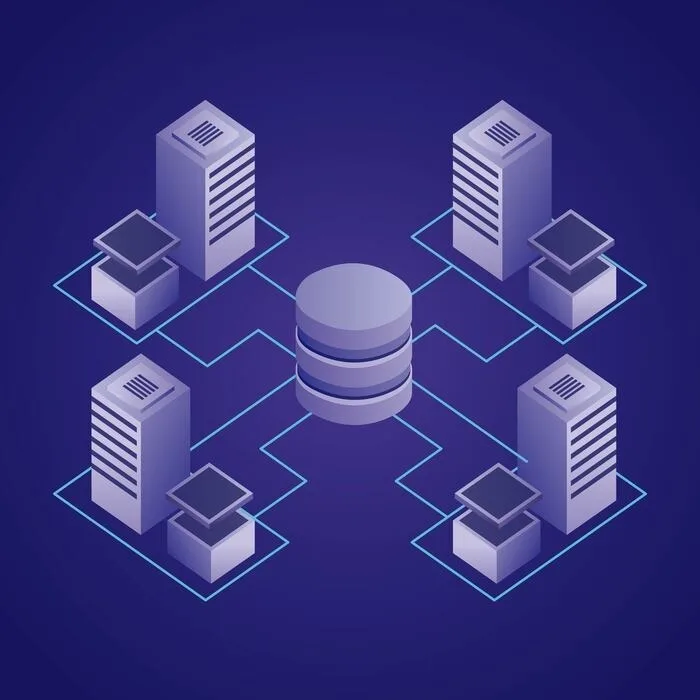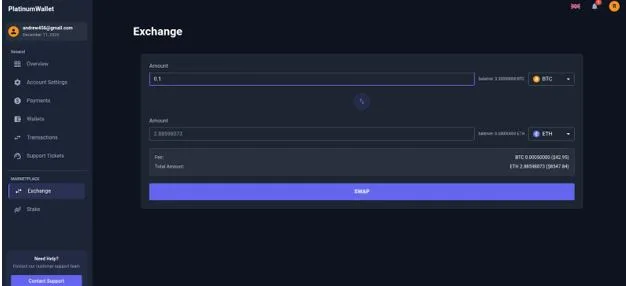Understanding Network Rendering & Real-Time Rendering in 3D Visualization
Network rendering and real-time rendering are two pivotal technologies revolutionizing 3D visualization workflows. Together, they enable faster production, enhanced interactivity, and improved collaboration across industries such as gaming, architecture, eCommerce, and VR/AR.
What Is Real-Time Rendering?
Real-time rendering is the technique of instantly converting 3D models into 2D images, allowing users to interact dynamically with the content. Unlike traditional offline rendering, which can take hours or even days to produce a single frame, real-time rendering generates visuals on the fly. This instant feedback is essential in applications where users expect seamless interaction, such as video games, architectural walkthroughs, product demos, and virtual environments.
How Does Real-Time Rendering Work?
Real-time rendering primarily relies on rasterization, a process where a graphics processing unit (GPU) converts 3D coordinates into 2D pixels. The GPU then applies colors, textures, shadows, and lighting effects using shaders. These computations are optimized to deliver speeds of 30 to 60 frames per second or more, creating smooth motion and interactive experiences. More recently, real-time rendering has integrated ray tracing technology, which simulates light behavior with higher accuracy, improving reflections, refractions, and overall realism without sacrificing performance.
Benefits of Real-Time Rendering
The primary advantage is speed. Artists and developers can make changes and immediately see the results, which accelerates the creative process and reduces costly delays. Real-time rendering also supports interactive features like zooming, rotating, and customizing 3D models, enhancing user engagement. This responsiveness is invaluable in VR/AR applications, product configurators, and client presentations where live feedback is critical.
Another benefit is collaboration. Real-time updates allow teams across different locations to work on the same project simultaneously. This reduces miscommunication and ensures that everyone has the latest version of the visuals. Additionally, real-time rendering enables efficient resource use, especially when paired with cloud rendering services that provide scalable computing power, eliminating the need for expensive hardware upgrades.
Popular Real-Time Rendering Software
Several powerful tools dominate the market:
- Unreal Engine: Widely used in gaming and architecture for its realistic rendering and high performance.
- Unity: Known for versatility across platforms and strong support for interactive applications.
- Twinmotion: Favored for quick architectural and product visualization.
- Chaos Vantage: Focuses on real-time ray tracing using NVIDIA RTX GPUs.
- Enscape, Lumion LiveSync, Blender’s EEVEE: Popular in architectural design for real-time visualization.
What Is Network Rendering?
Network rendering distributes the rendering workload across multiple connected computers, dramatically speeding up the creation of complex images and animations. This approach is critical when handling large projects or high-resolution visuals, as it leverages the combined power of many machines rather than relying on a single workstation.
Applications and Limitations
Real-time and network rendering find use in video games, architectural design, eCommerce product visualization, education, training simulations, and immersive VR/AR environments. However, real-time rendering demands powerful hardware, and some detail loss may occur due to optimization for speed. Network rendering and cloud solutions help overcome these challenges by providing scalable, cost-effective computing power.
Get more efficient processing by implementing network rendering today!
Network rendering enhances real-time rendering by enabling faster processing and efficient teamwork. Together, they provide industries with interactive, high-quality 3D visuals that transform design, marketing, training, and entertainment. As technology advances, their role in delivering immersive and efficient workflows will only grow.






